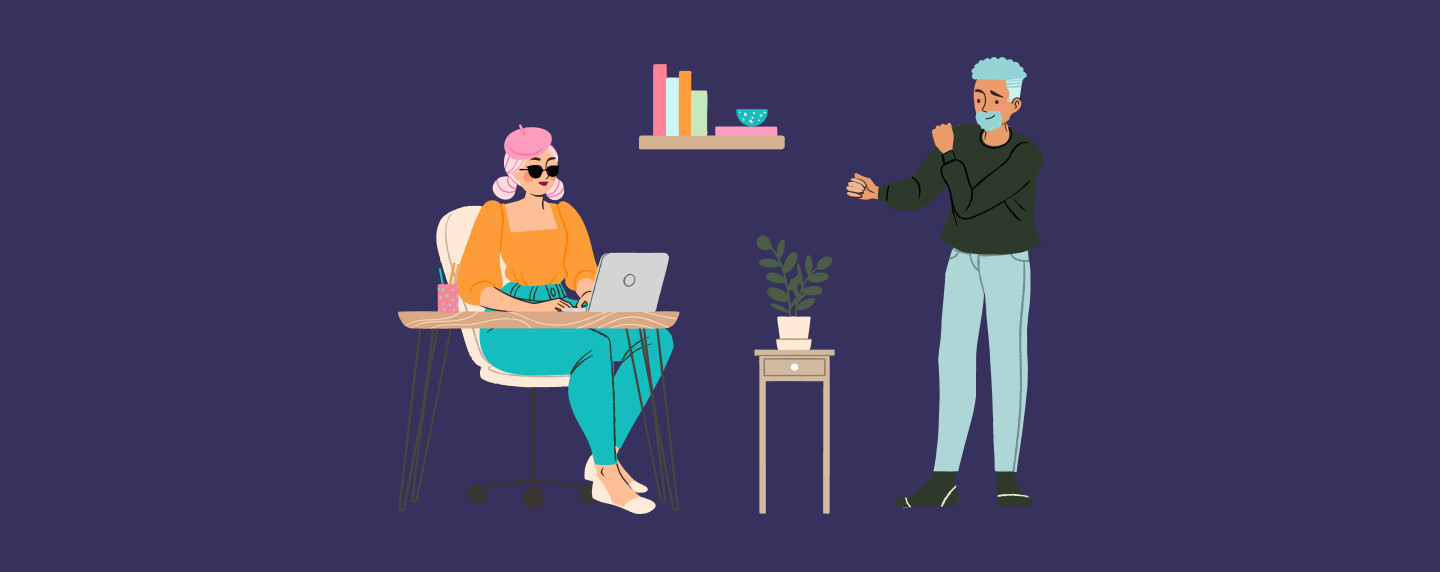Personal Loans After Chapter 7 Discharge or Chapter 13

Share this article:
Editor’s note: Lantern by SoFi seeks to provide content that is objective, independent, and accurate. Writers are separate from our business operation and do not receive direct compensation from advertisers or network providers. Read more about our Editorial Guidelines and How We Make Money.
What Is Bankruptcy
Chapter 7 Bankruptcy
Chapter 13 Bankruptcy
What Are the Consequences of Bankruptcy?
Credit Score After Bankruptcy
Affecting Cosigners
Forfeiting Assets
Can You Get a Loan After Bankruptcy?
Getting a Cosigner
Pros and Cons of Personal Loans After Bankruptcy
What To Do If You’re Rejected For a Personal Loan After Bankruptcy
Avoiding Bankruptcy
Getting help from a government-approved credit counseling agency. You may not have to work directly with your creditor or negotiate on your own behalf. You can seek out the aid of a credit counseling agency. They’re typically nonprofit, which allows them to provide services to anyone. Some may charge small fees, but those can be waived if you prove your financial hardship. In turn, they can help you outline a plan to repay your debts, work with you to ensure that you follow through, and overall improve your financial standing. The United States Trustee Program has online listings of approved agencies organized by state.
Taking out a line of credit or a loan to consolidate your debts. You may qualify for a debt consolidation loan or line of credit to pay off multiple debts. You might typically choose this method to cover the high-interest debt, such as credit card bills, medical bills, or unsecured loan debt. With a debt consolidation loan, you may be able to lower the total amount of interest you owe on your debt and pay it down at a faster rate. However, it may be challenging to get a loan if you have poor credit.
Negotiating with your creditors. Your creditors would likely rather receive their money than watch you default on your debts. So you might be able to work together to create a repayment plan that ensures a regular but feasible payment system. The kind of negotiation often depends on your lender and what type of debt you owe. Keep in mind that debt settlement vs. bankruptcy will show up on your credit report and can negatively impact your credit score.
Borrowing funds from your friends and family. If you need a little financial boost, your friends and family might be willing to lend a hand. However, make sure you establish a repayment plan with them to ensure that you repay them promptly. Failing to repay the funds might cause a rift in your family.
Requesting a new repayment plan. If you’ve fallen on hard times, some lenders offer hardship programs to help you navigate repayment through financial difficulties. Lenders may be willing to give you a new repayment plan under a loan modification.
Personal Loan Rates
Frequently Asked Questions
LCPL0323019
About the Author
Ashley Kilroy is a personal finance expert with years of experience in radio, newspapers, magazines, and online content. Her work has appeared on websites including Forbes and Yahoo Finance. Ashley writes on a variety of personal finance topics for SoFi, including student loans, taxes, and insurance.
Share this article: